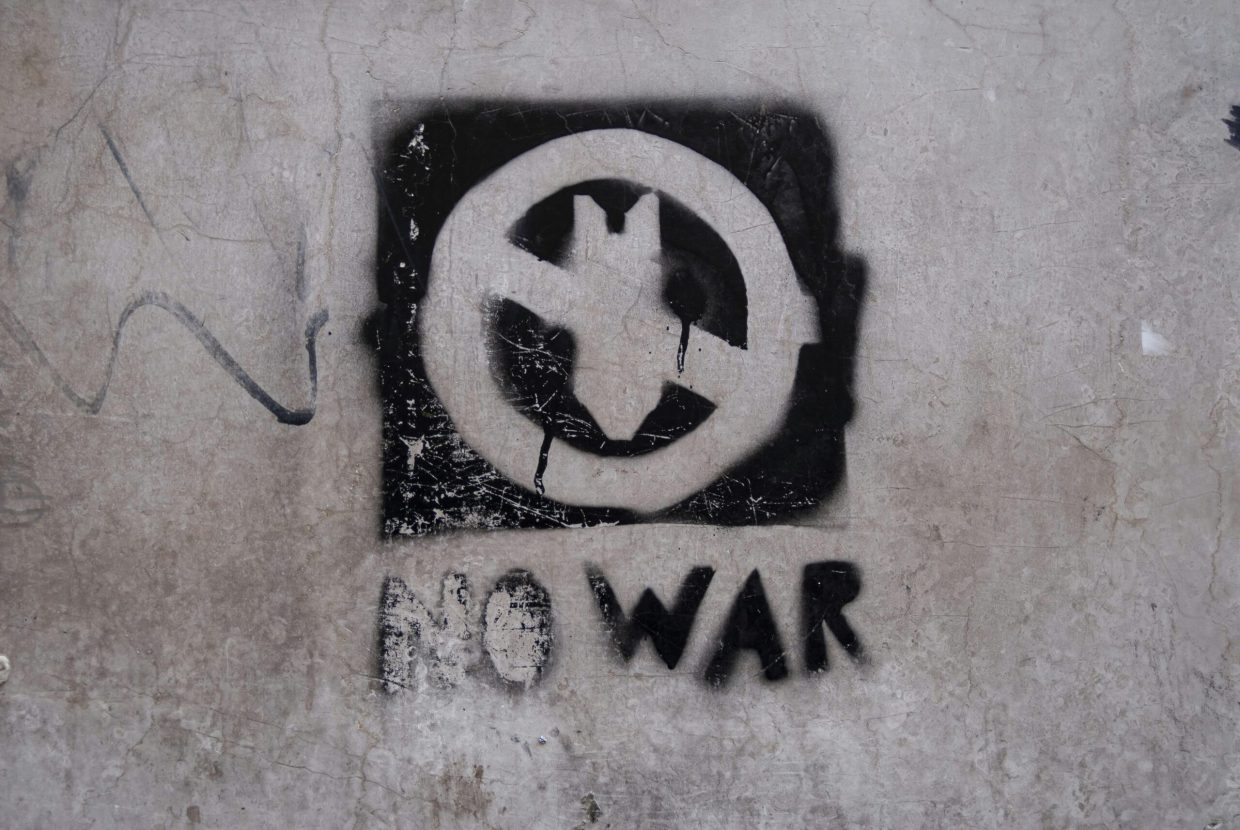When it comes to understanding our past, nothing quite brings history to life like a good war documentary. These powerful films don’t just recount dates and facts—they tell the deeply human stories behind the battles, struggles, and sacrifices that shaped our world. Whether you’re a history buff or just curious about how the events of yesterday still influence today, war documentaries offer a vivid window into the past. In this blog, we’ll explore why these documentaries matter so much in keeping history alive, reminding us not just of what happened, but why it continues to resonate.
Table of Contents
- The Power of Personal Stories in War Documentaries
- How Visuals Bring History to Life for New Generations
- Preserving Untold Perspectives Through Authentic Narratives
- Tips for Choosing Impactful War Documentaries to Watch
- The Way Forward
The Power of Personal Stories in War Documentaries
Personal stories breathe life into historical events, transforming abstract facts into relatable human experiences. In war documentaries, these firsthand accounts offer viewers a window into the emotions, struggles, and resilience of individuals caught in the chaos of conflict. By highlighting the voices of soldiers, civilians, and survivors, these narratives create a powerful connection that statistics alone cannot convey. This connection not only fosters empathy but also ensures that the sacrifices and lessons of the past are remembered in a deeply personal way.
What makes these stories truly impactful is their ability to:
- Humanize historical figures by showcasing their fears, hopes, and dreams.
- Expose diverse perspectives often missing from textbooks, from different sides of the conflict and varied social backgrounds.
- Illuminate the everyday realities of war beyond the battlefield, including the effects on families and communities.
In essence, personal stories are the heartbeat of war documentaries, reminding us that behind every statistic is a life full of memories worth preserving.
How Visuals Bring History to Life for New Generations
Visual storytelling has an unmatched power to transport viewers across time, making distant events feel immediate and real. Through carefully curated photographs, archival footage, and vivid reenactments, young audiences don’t just learn about history—they experience it. These visuals trigger a deeper emotional connection by showcasing the raw human moments behind historical facts. When they see the faces, the scars, and the landscapes of conflict, history sheds its label as a static textbook chapter and becomes a living narrative.
Beyond evoking emotion, visuals help simplify complex historical contexts, making them easier to grasp for new generations. They engage multiple senses simultaneously, increasing retention and curiosity. Some of the key visual elements that make war documentaries so impactful include:
- Authentic footage: Real war clips that invoke reality and credibility.
- Photographic archives: Stills that capture poignant moments and give faces to statistics.
- Interactive maps and animations: Tools that break down movements and strategies.
- Personal interviews: Intimate conversations with veterans and witnesses that humanize the conflicts.
Preserving Untold Perspectives Through Authentic Narratives
War documentaries serve as invaluable time capsules, capturing voices and experiences often lost in mainstream historical accounts. They bring to light the human side of conflicts—personal stories of soldiers, civilians, and survivors that paint a complete picture beyond dates and statistics. Through authentic narratives, these films preserve the diversity of perspectives, ensuring that marginalized voices are not forgotten. This approach fosters empathy and a deeper understanding, reminding us that every conflict reshapes lives in profound ways.
More than just storytelling, they provide lasting lessons by highlighting crucial themes such as:
- Resilience: The strength people find amid unimaginable adversity.
- Truth: Uncovering realities often concealed by propaganda or censorship.
- Reflection: Encouraging society to learn from mistakes and strive for peace.
By documenting history through genuine accounts, we keep the past alive in the collective memory—and inspire future generations to build a better world.
Tips for Choosing Impactful War Documentaries to Watch
When selecting war documentaries to watch, it’s essential to seek those that provide a balanced perspective rather than a one-sided narrative. Look for films that combine eyewitness testimonies, expert interviews, and archival footage to present a comprehensive picture of events. Documentaries with well-researched backgrounds and credible sources help deepen your understanding beyond textbook history. Additionally, consider the filmmaker’s approach—does the documentary aim to educate, provoke thought, or evoke empathy? This insight often determines how impactful the viewing experience will be.
Another tip is to explore documentaries that focus on different aspects and theaters of war, as this broadens your historical scope. Consider picking from:
- Personal stories: Highlighting individual experiences for emotional connection.
- Strategic analyses: Breaking down military tactics and their consequences.
- Social impacts: Examining war’s effects on civilian populations and cultures.
- Underrepresented voices: Featuring stories from lesser-known or marginalized communities.
By diversifying your choices, you can gain a multidimensional view of war’s complexities and appreciate its far-reaching historical significance.
The Way Forward
In the end, war documentaries do so much more than just recount battles and strategies—they bring history to life in a way that textbooks simply can’t. They connect us to the real people behind the events, reminding us of the sacrifices made and lessons learned. By watching these stories unfold, we keep the past alive, ensuring that future generations understand the profound impact of war and the value of peace. So next time you dive into a war documentary, remember you’re not just watching history—you’re helping to preserve it.













